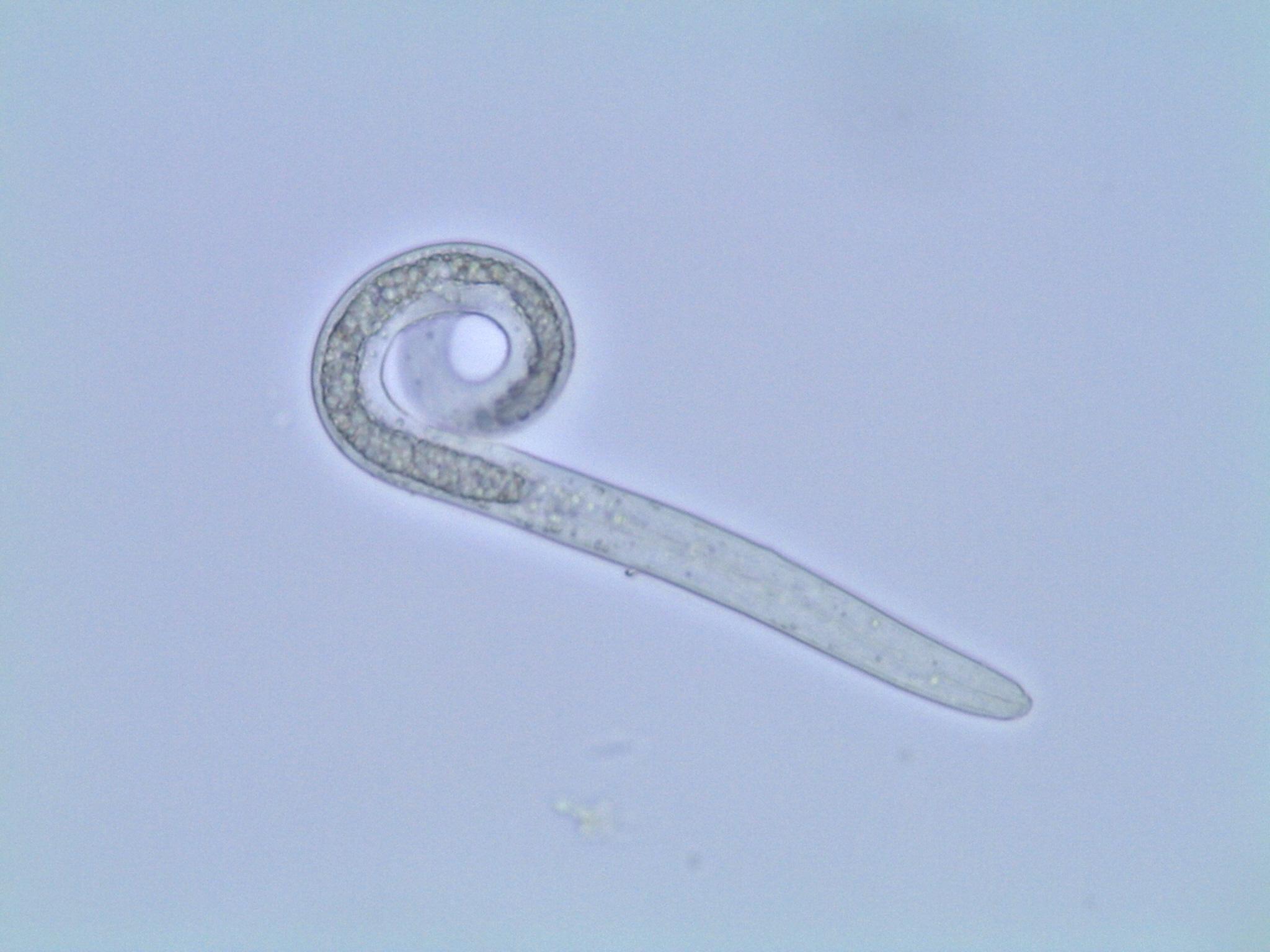Ascaris Eggs on Hands

SuSanA Secretariat (CCBY 2.0, http://creativecommons.org/licenses/by/2.0, via Wikimedia Commons)
About
The role that hands play in the transmission of STH (especially Ascaris and Trichuris infections), is under-researched and therefore not well understood. SHARE is funding two studies to shed further light on this transmission pathway:
- Assessing the Quantity of Ascaris Eggs on Hands - this study will add to the limited body of research on the role of contaminated hands in STH transmission by developing a method to assess the number of Ascaris eggs on hands and determine the egg recovery rate of the method. It is hoped that if the method is successful it will allow users to quantify the range of hand contamination with Ascaris eggs found in high, medium and low transmission settings and measure the risk factors for high hand contamination with helminth eggs. It could also potentially be employed to assess the effectiveness of complementing sanitation interventions with hand hygiene promotion to better prevent ascariasis infection.
- Transmission of Helminth Eggs Through Hands in a High-Risk Community - in addition to field testing the above method amongst a group of farmers in rural Vietnam, this study will also identify key risk factors associated with the presence and concentration of eggs found on hands.
BUILDING KNOWLEDGE. IMPROVING THE WASH SECTOR.
SHARE contributes to achieving universal access to effective, sustainable and equitable sanitation and hygiene by generating evidence to improve policy and practice worldwide.
